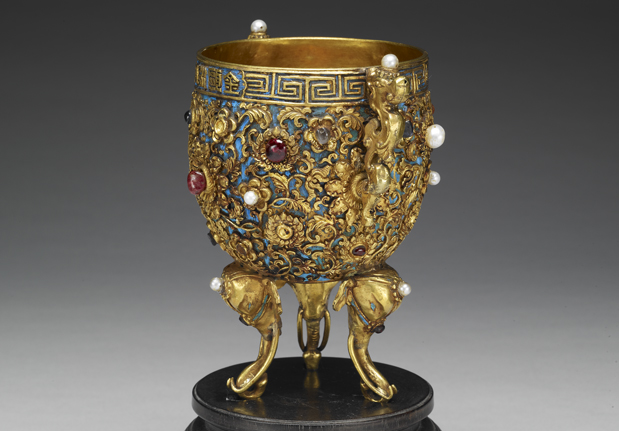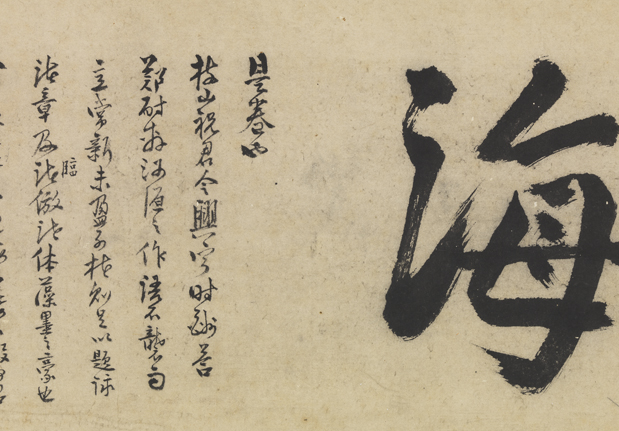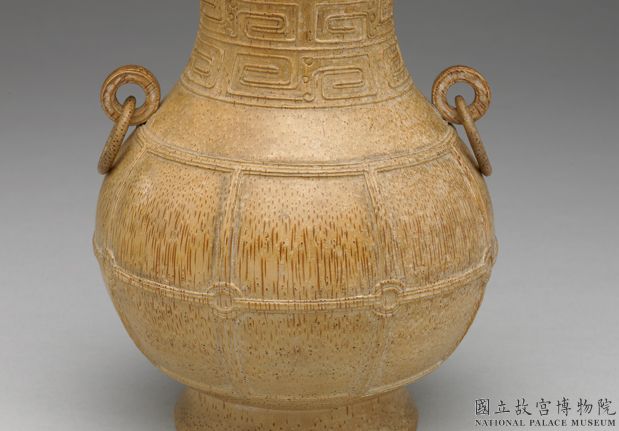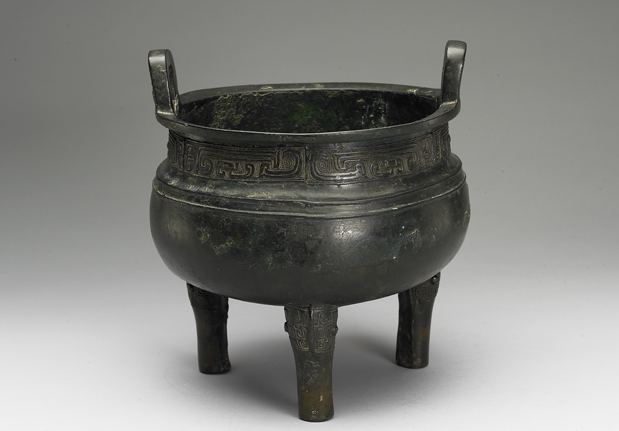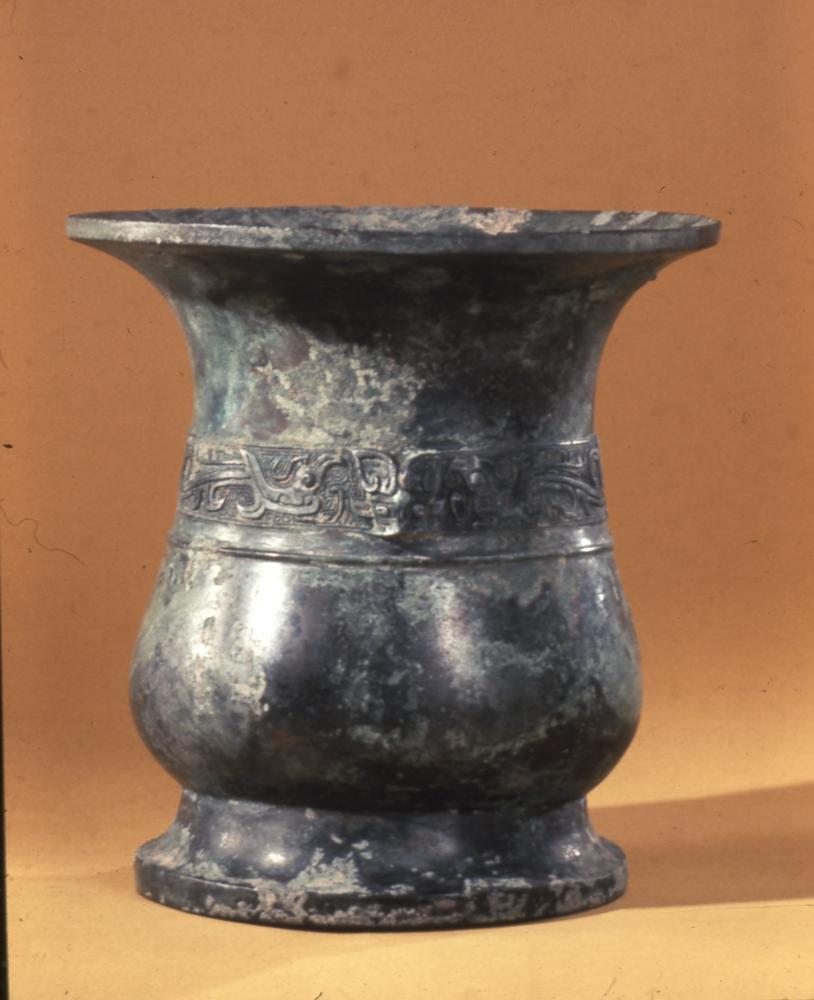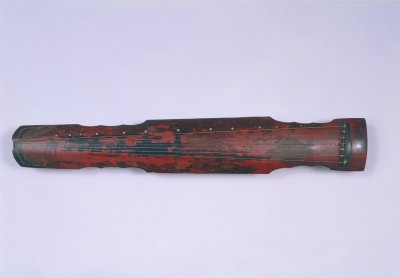Period:Ming dynasty Production date:1522-1566
Materials:porcelain
Technique:glazed, underglazed,
Subjects:fruit,flower the three friends of winter
Dimensions:Diameter: 52 centimetres Height: 7.50 centimetres
Description:
Large porcelain serving dish decorated in underglaze blue. This extremely large dish has shallow rounded sides, a tapering foot and an unglazed convex base. A flower scroll is painted in the centre growing from two points in the rim. This has seven blooms with stippled petals and a trefoil form. In the cavetto are a chrysanthemum, peach, peony and pomegranate. Outside composite Three Friends of Winter -pine, bamboo and prunus – grow from stylized rocks with lingzhi fungus plants and butterflies in between. A six-character Jiajing reign mark, boxed in a rectangular cartouche, is painted below the rim on the outside, following the traditional manner of placing marks on such dishes that originated in the Xuande era.
IMG
![图片[1]-dish BM-1980-0130.1-China Archive](https://chinaarchive.net/Ming dynasty/Ceramics/mid_00262636_001.jpg)
Comments:Harrison-Hall 2001:An example of the same type of dish with minor variations is in the Topkapi Saray Museum, Istanbul. Others cited by Krahl are in the Tokyo National Museum and in the Idemitsu Museum, Tokyo. High-quality depiction of floral subjects in underglaze blue reached a zenith in the early fifteenth century during the Yongle and Xuande reign periods. Such floral decoration is relatively rare in the sixteenth century. Many early fifteenth-century designs were copied for the palace in the sixteenth century, but while this dish is in the style of earlier porcelains there is no exact model on which it was based.
Materials:porcelain
Technique:glazed, underglazed,
Subjects:fruit,flower the three friends of winter
Dimensions:Diameter: 52 centimetres Height: 7.50 centimetres
Description:
Large porcelain serving dish decorated in underglaze blue. This extremely large dish has shallow rounded sides, a tapering foot and an unglazed convex base. A flower scroll is painted in the centre growing from two points in the rim. This has seven blooms with stippled petals and a trefoil form. In the cavetto are a chrysanthemum, peach, peony and pomegranate. Outside composite Three Friends of Winter -pine, bamboo and prunus – grow from stylized rocks with lingzhi fungus plants and butterflies in between. A six-character Jiajing reign mark, boxed in a rectangular cartouche, is painted below the rim on the outside, following the traditional manner of placing marks on such dishes that originated in the Xuande era.
IMG
![图片[1]-dish BM-1980-0130.1-China Archive](https://chinaarchive.net/Ming dynasty/Ceramics/mid_00262636_001.jpg)
Comments:Harrison-Hall 2001:An example of the same type of dish with minor variations is in the Topkapi Saray Museum, Istanbul. Others cited by Krahl are in the Tokyo National Museum and in the Idemitsu Museum, Tokyo. High-quality depiction of floral subjects in underglaze blue reached a zenith in the early fifteenth century during the Yongle and Xuande reign periods. Such floral decoration is relatively rare in the sixteenth century. Many early fifteenth-century designs were copied for the palace in the sixteenth century, but while this dish is in the style of earlier porcelains there is no exact model on which it was based.
© Copyright
The copyright of the article belongs to the author, please keep the original link for reprinting.
THE END
